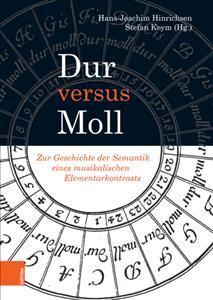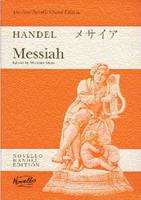Publisher's Synopsis
English Summary: The polarity of the two "tone genders" major and minor is one of the foundations of modern European music. Major expresses positive contents (joy, triumph), minor, on the other hand, negative (sadness, tragedy). Since major and minor - unlike individual keys or modes - are easy to identify when listening to music, this connotation has decisively shaped the semantic coding and interpretation of music over centuries. The authors of this volume illustrate the history of the semantics of major and minor from the beginnings in the 15th century, to the systematic establishment of the contrast in the course of the 18th century and its various gradations in the 19th century, to the ambivalent reception in the avant-garde and contemporary popular music. German Description: Die Polaritat der beiden "Tongeschlechter" Dur und Moll zahlt zu den Grundlagen der europaischen Musik der Neuzeit. Wie kaum ein anderer Aspekt des Tonsatzes wird sie mit einer festen semantischen Konnotation verbunden. Demzufolge druckt Dur positive Gehalte aus (Freude, Triumph), Moll hingegen negative (Trauer, Tragik). Da Dur und Moll - anders als etwa einzelne Tonarten oder Modi - beim Musikhoren leicht zu identifizieren sind, hat diese Konnotation die semantische Codierung und Deutung von Musik uber Jahrhunderte hinweg massgeblich gepragt. Die Autorinnen und Autoren dieses Bandes zeichnen die Geschichte der Semantik von Dur und Moll von den Anfangen im 15. Jahrhundert uber die systematische Etablierung des Gegensatzes im Laufe des 18. Jahrhunderts und seine vielfaltigen Abstufungen im 19. Jahrhundert bis zur ambivalenten Rezeption in der Avantgarde- und Popularmusik der Gegenwart nach.









